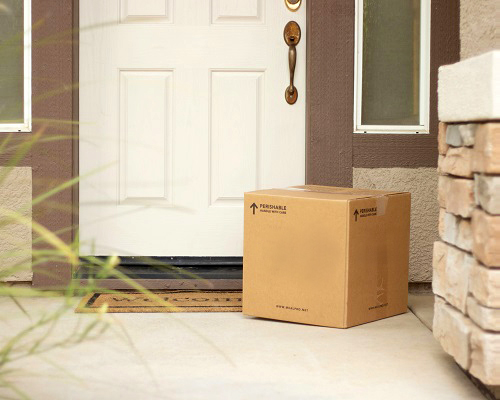<< Research Projects Overview << Year Six Projects Overview
Modeling Household E-commerce Delivery Rates and Assessing their Equity and Freight Travel Impacts

Associate Professor, Department of Civil Engineering
University of Memphis
smishra3@memphis.edu
Mihalis Golias, Ph.D.
Professor, Department of Civil Engineering
University of Memphis
mgkolias@memphis.edu
Professor, Department of Civil, Environmental and Geomatics Engineering
Florida Atlantic University
ekaisar@fau.edu
Miguel A. Figliozzi, Ph.D.
Professor, Department of Civil and Environmental Engineering
Portland State University
figliozzi@pdx.edu
Proposal Summary and Objectives
Over the last five years, e-commerce induced last-mile delivery has increased unprecedentedly, primarily due to the COVID-19 pandemic. For instance, in the US, the proportion of packages in total postal volume increased to 70% from 5% during the pandemic. However, the same pattern is expected to continue post-pandemic. As per the most recent Quarterly Retail E-Commerce Sales Report, e-commerce sales increased by 7% in 2021 Q3 compared to 2020 Q3. Americans prefer faster deliveries (same or next-day) as online shoppers' share of same-day delivery increased to 36% from 24% and 26% from 14% from web-only and store-based merchants, respectively (Statista, 2022). The rapid increase in package delivery volume in the near and long-term future raises concerns about exceeding the capacity of delivery networks at different stages of the supply chains. The last mile of delivery is an area of increasing concern for stakeholders involved in freight and logistics. Such stakeholders plan to utilize emerging technologies for last-mile delivery to meet the growing demand and delivery constraints. In this direction, autonomous technologies like robots and drones can play an important role in efficient package deliveries. Increase in e-commerce sales calls for a need to quantify the package delivery demand at a disaggregated level (households, census blocks). The data on goods delivery at disaggregated geographic levels is either non-existent or confidential. Hence, government agencies struggle to estimate potential future demand as well as how these growths may impact vehicle miles traveled and congestion not only on local streets and arterials but also at the curb. In the private sector, existing or new firms must conduct their own demand estimations before proposing an efficient and cost-effective delivery system. Therefore, the key objective of this proposal focuses on quantifying the disaggregated demand of delivery packages and exploring the potential of autonomous delivery robots in meeting these demands. In addition, two additional key objectives (aligned with FMRI advisory council priority research topics) include the estimation of household deliveries freight vehicle miles travelled on local routes as well as the identification of potential accessibility and equity issues associated with e-commerce household deliveries in urban areas.
Funding Amount:
Status: Complete
Duration: June 1, 2022 – May 31, 2023